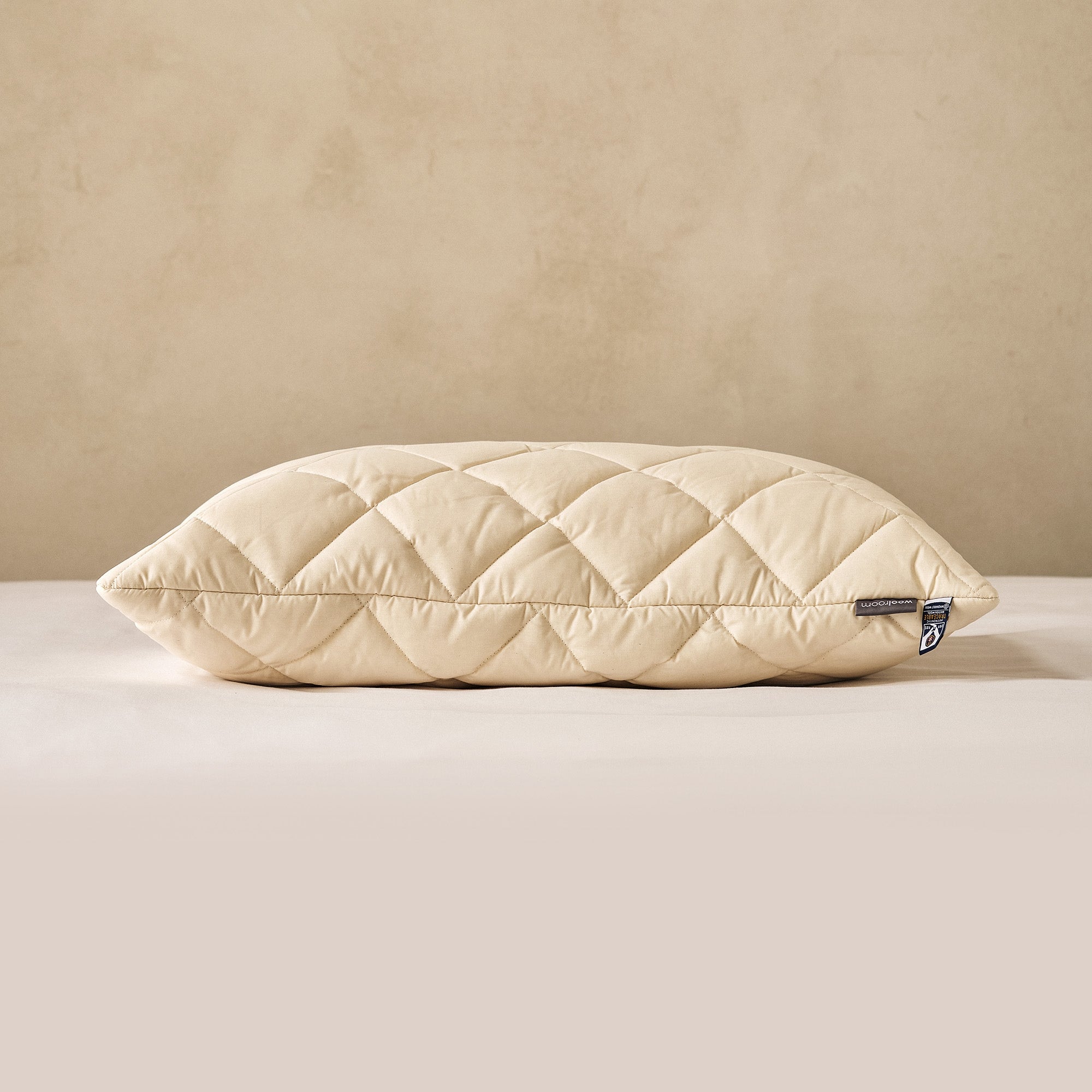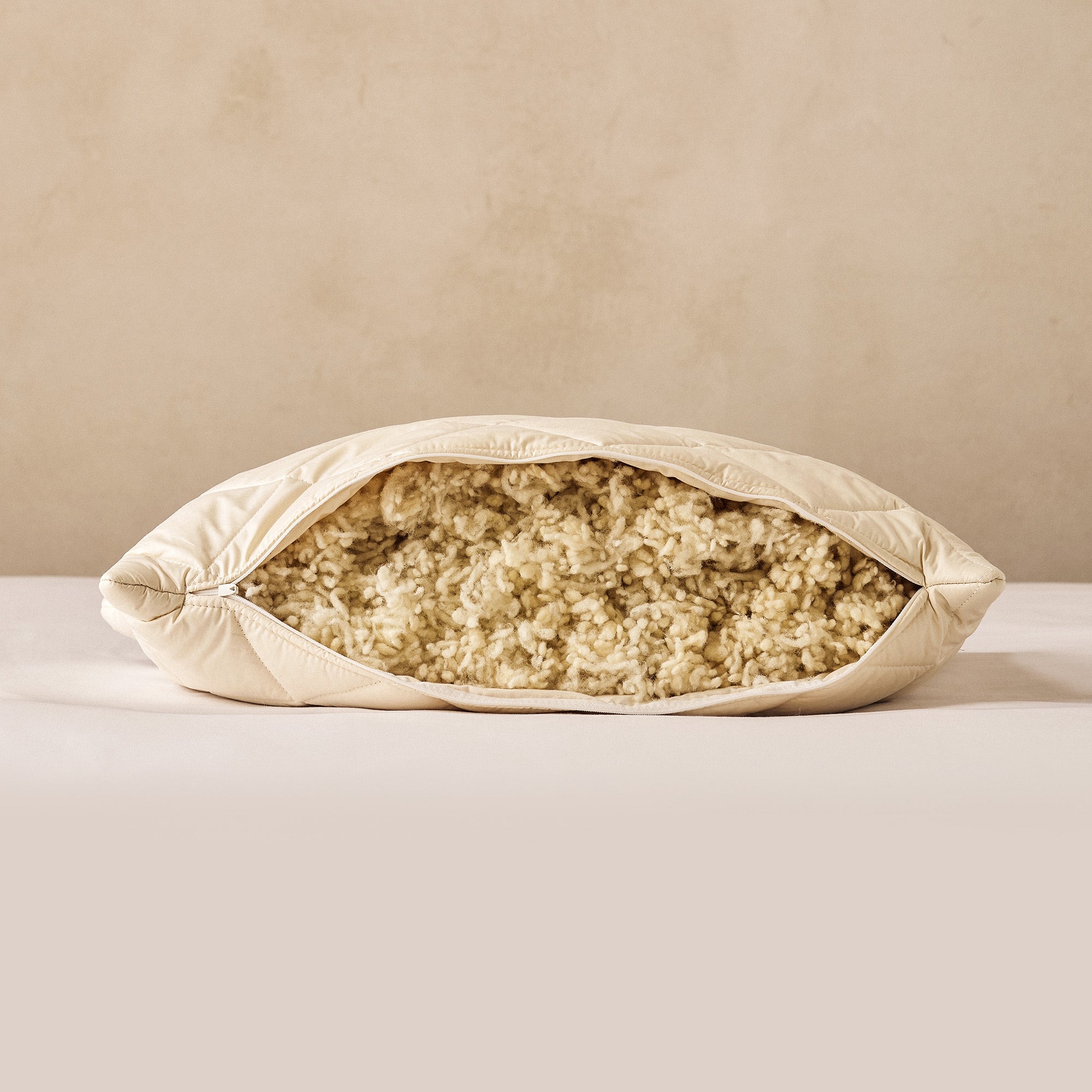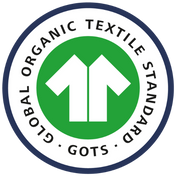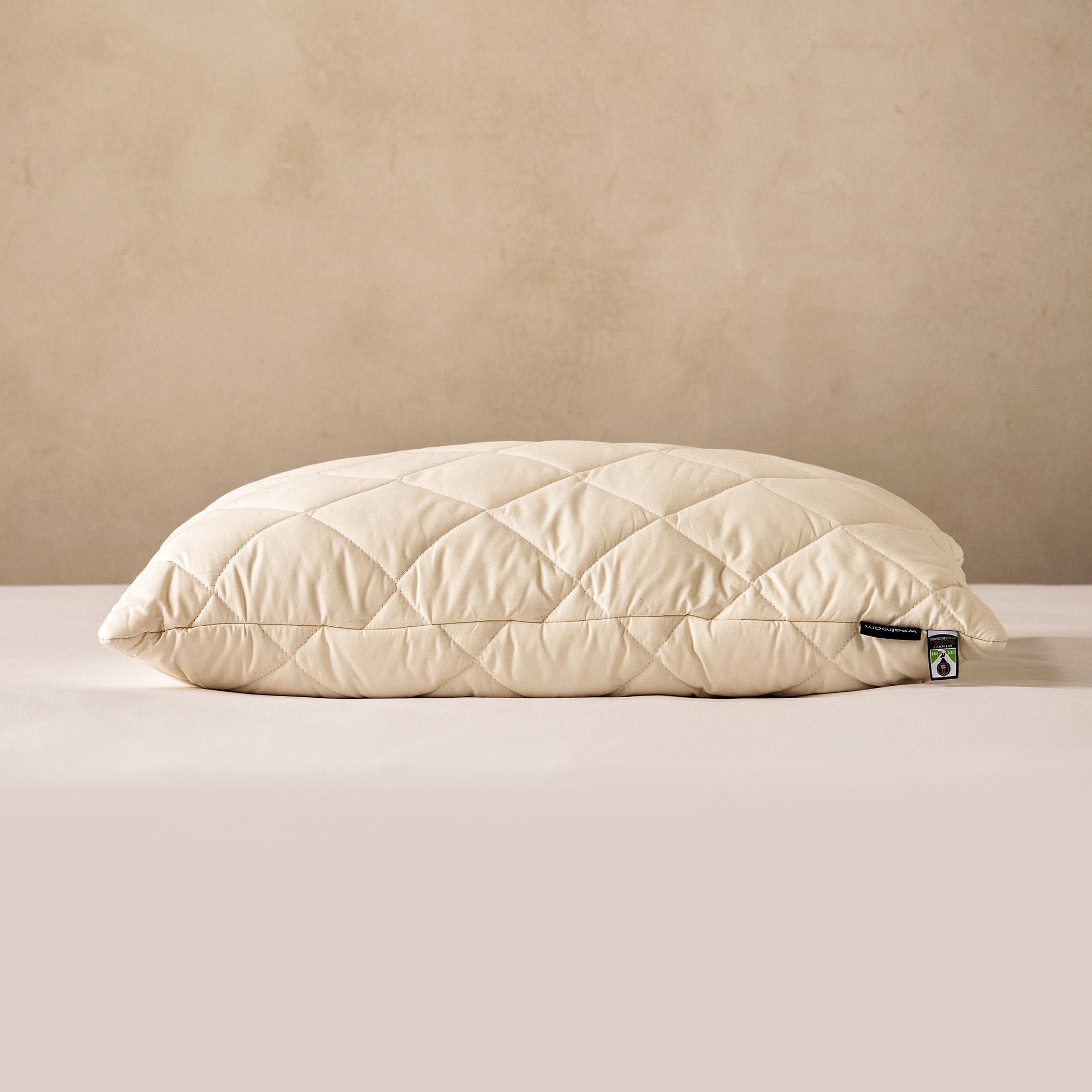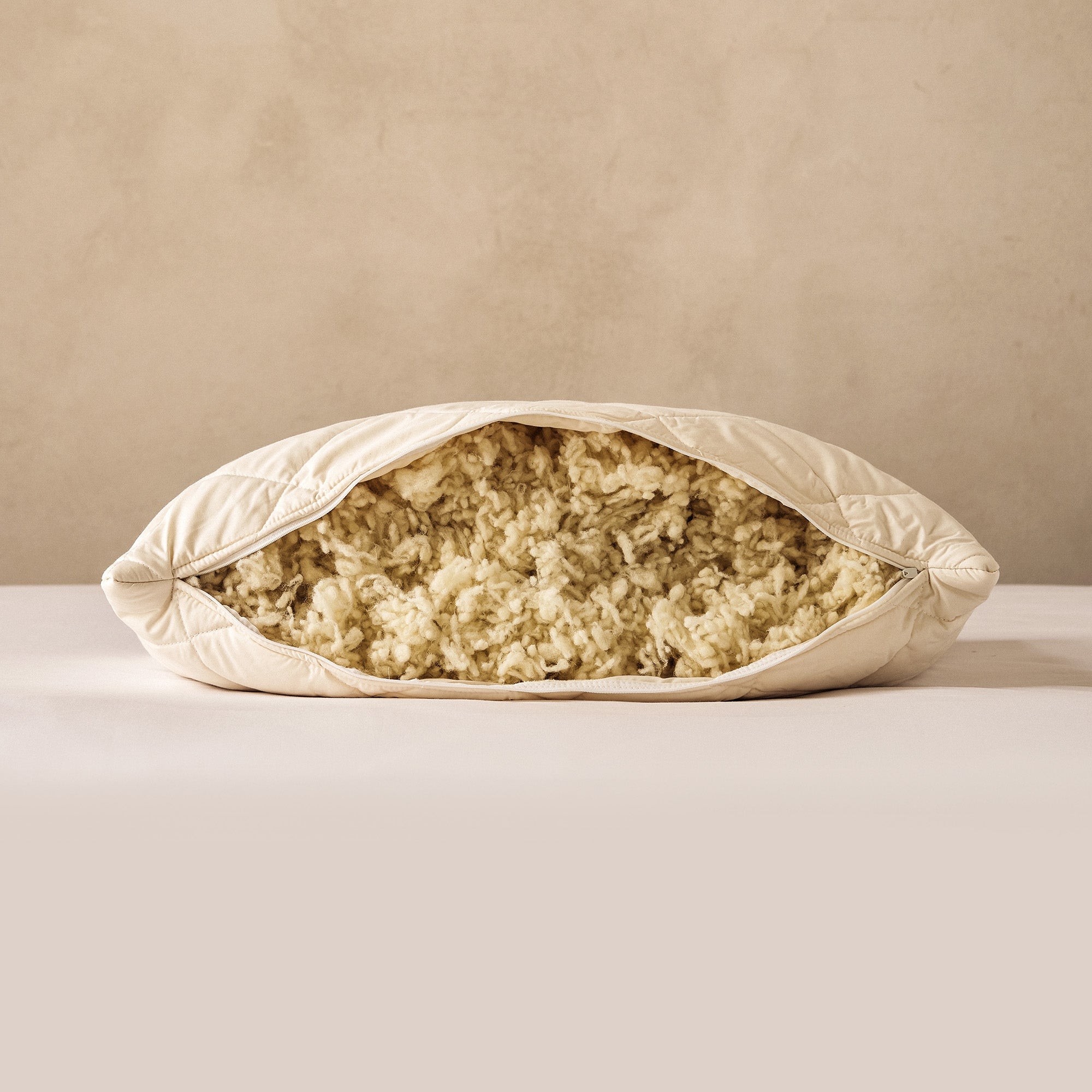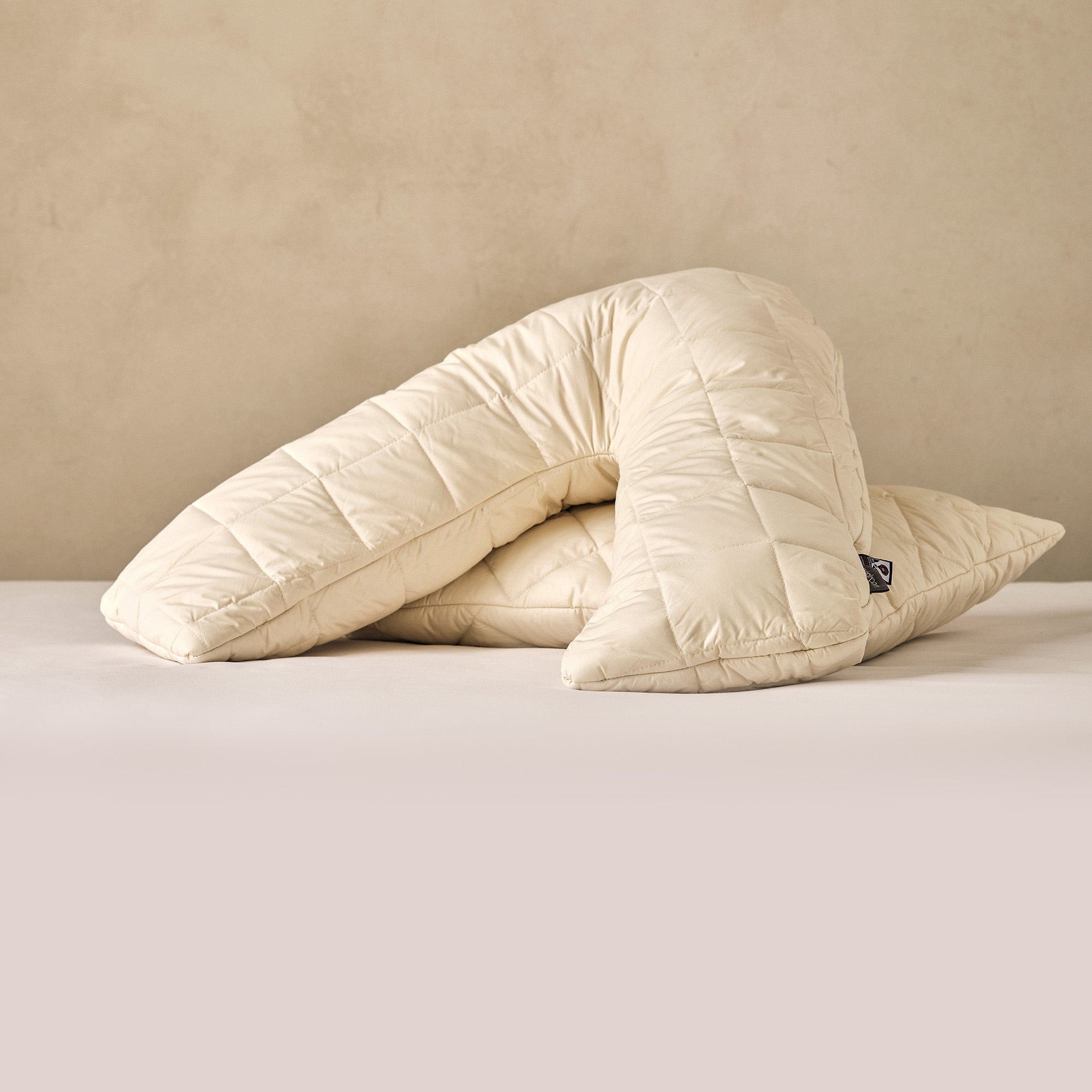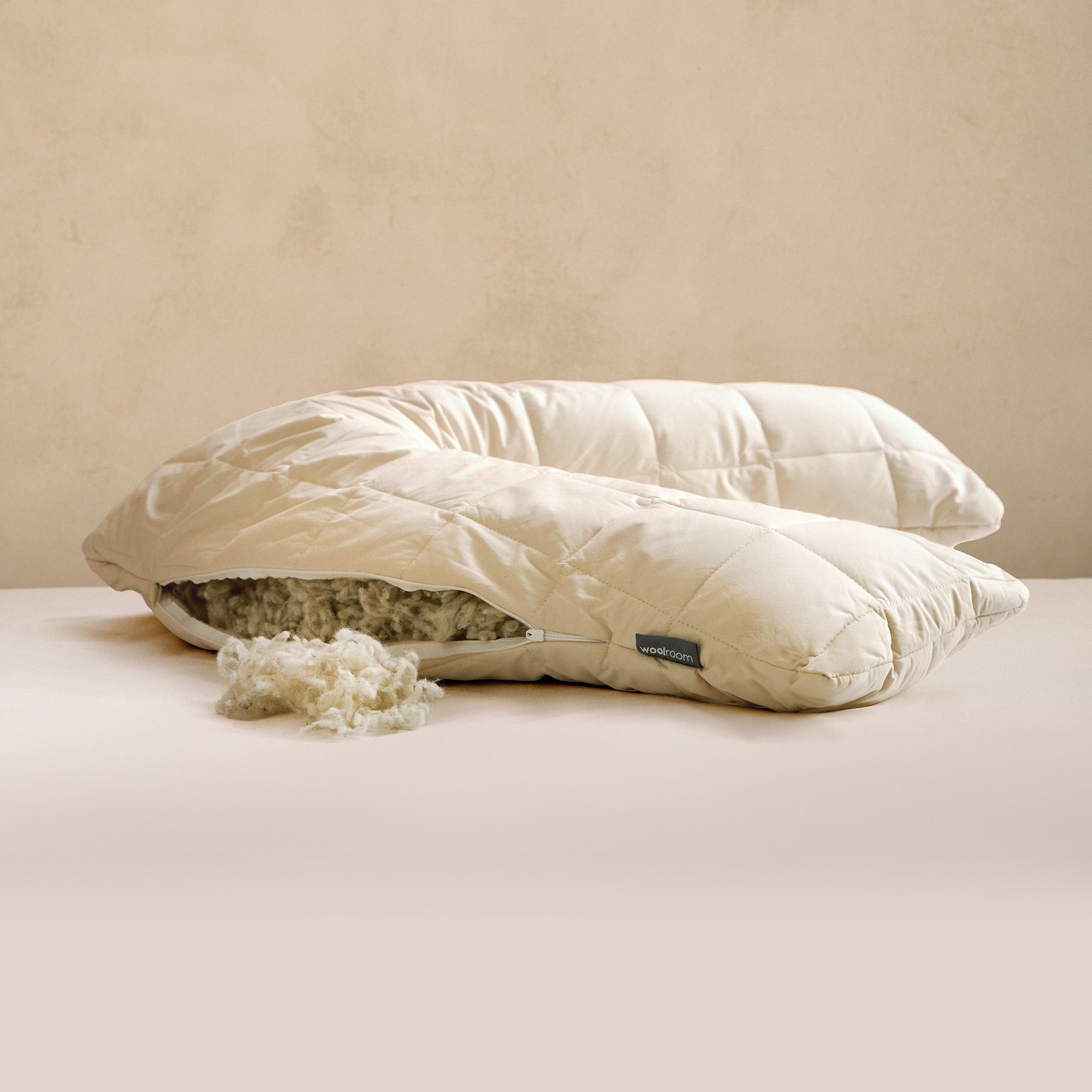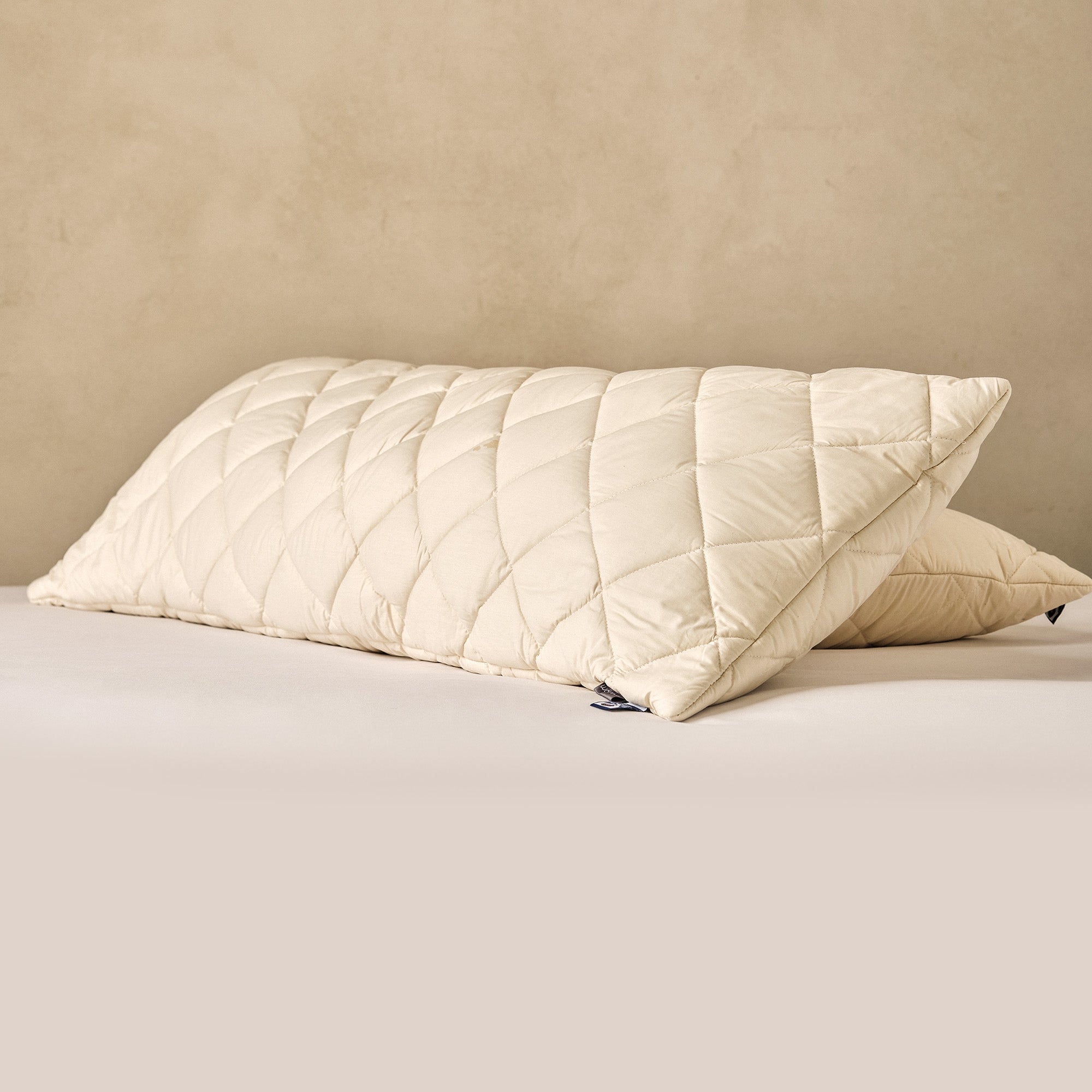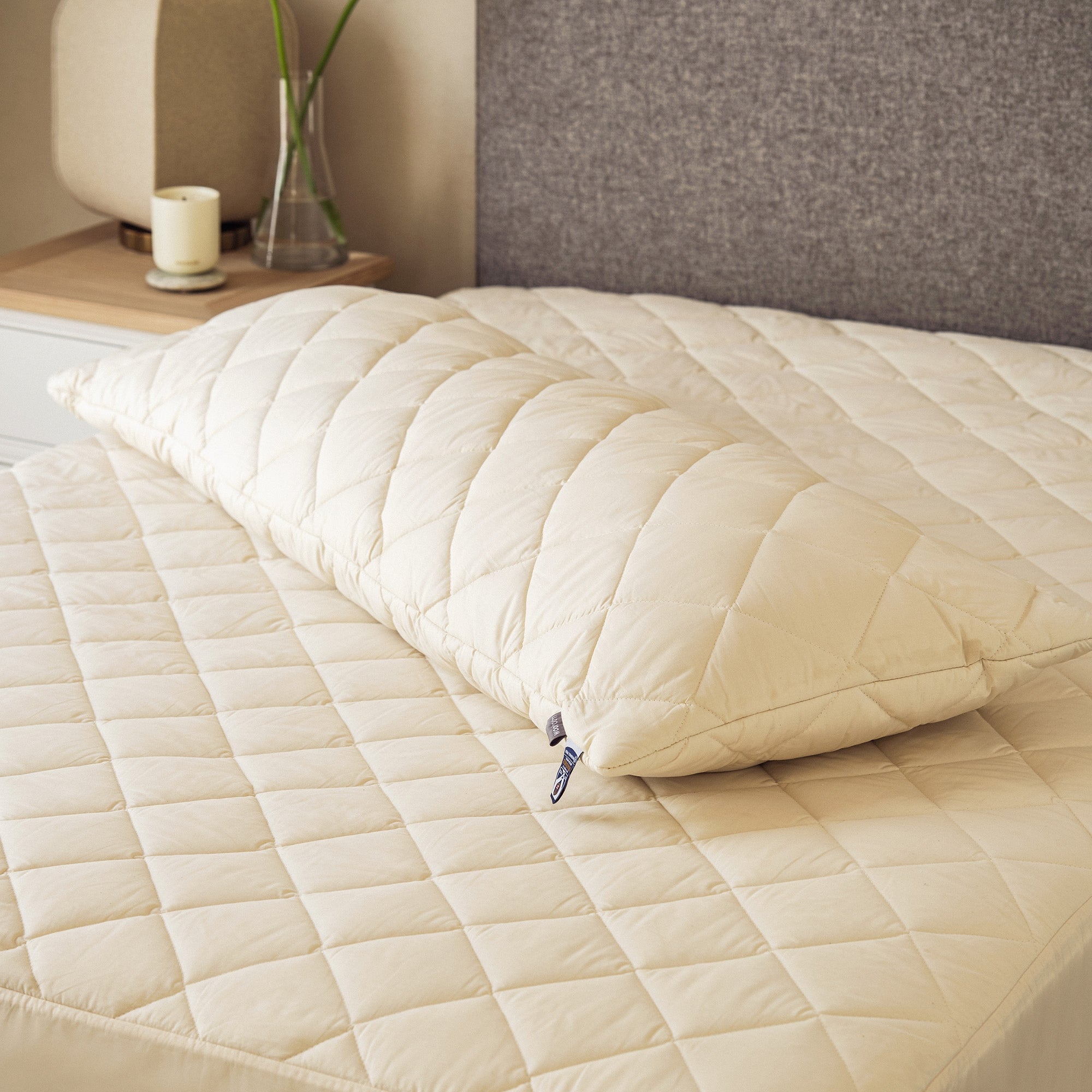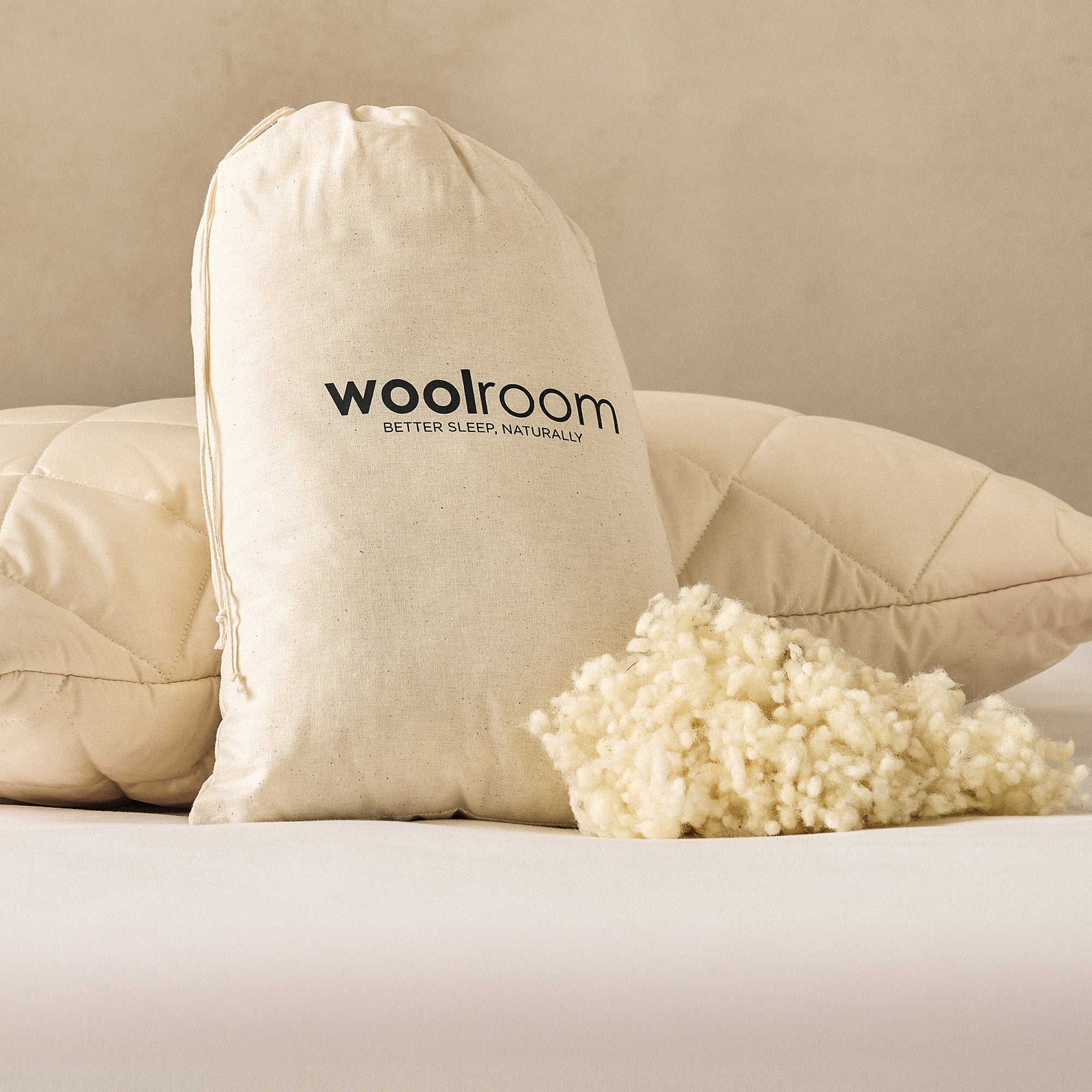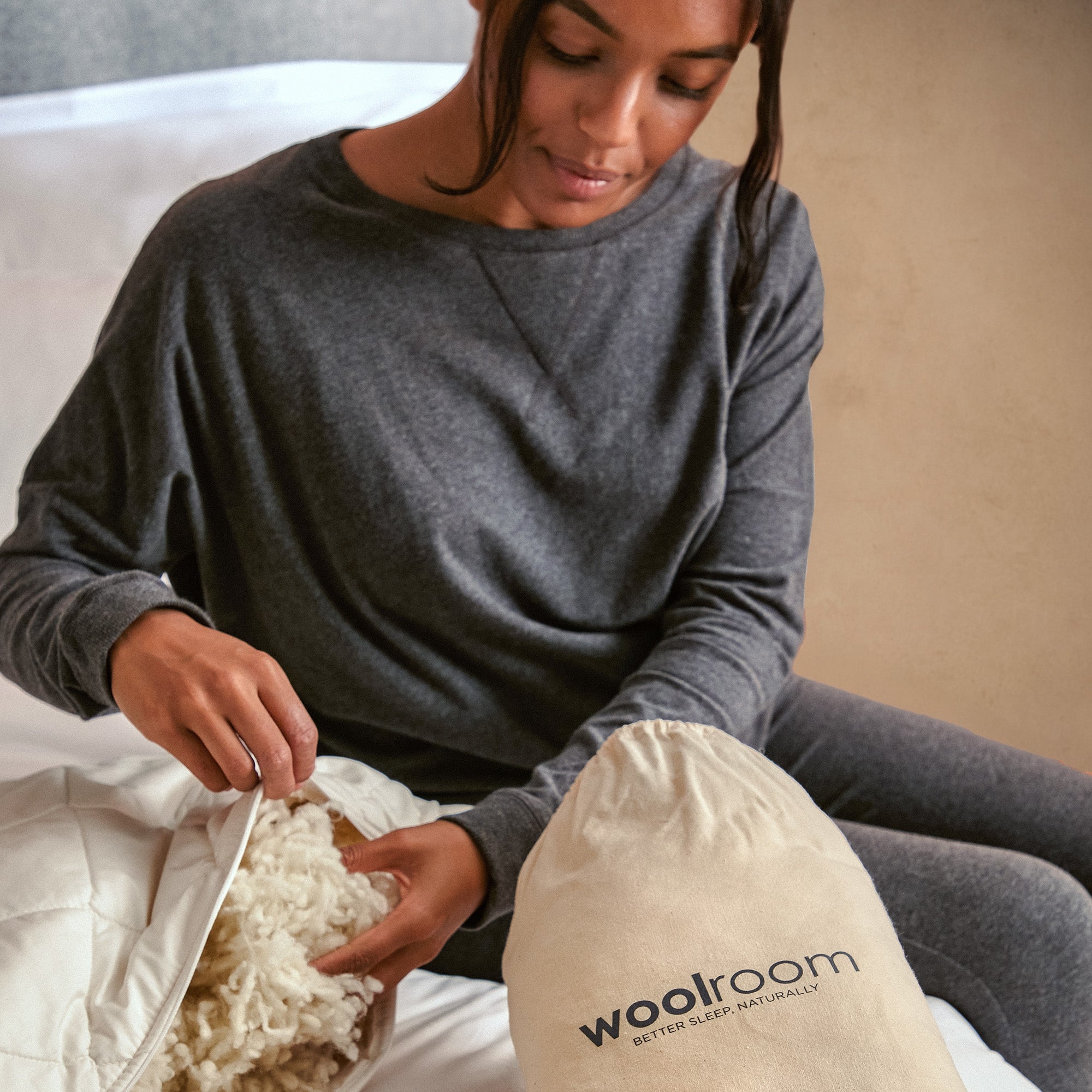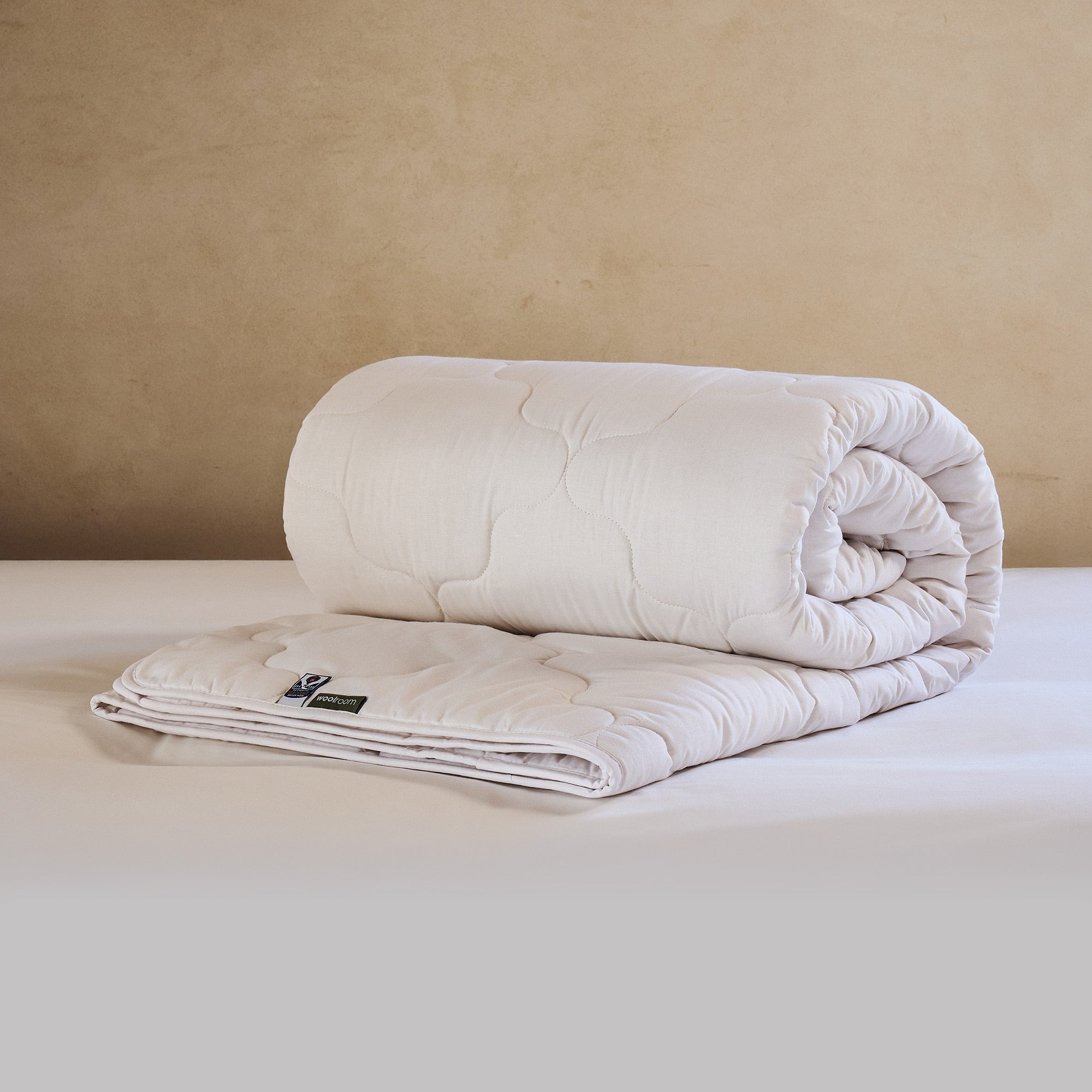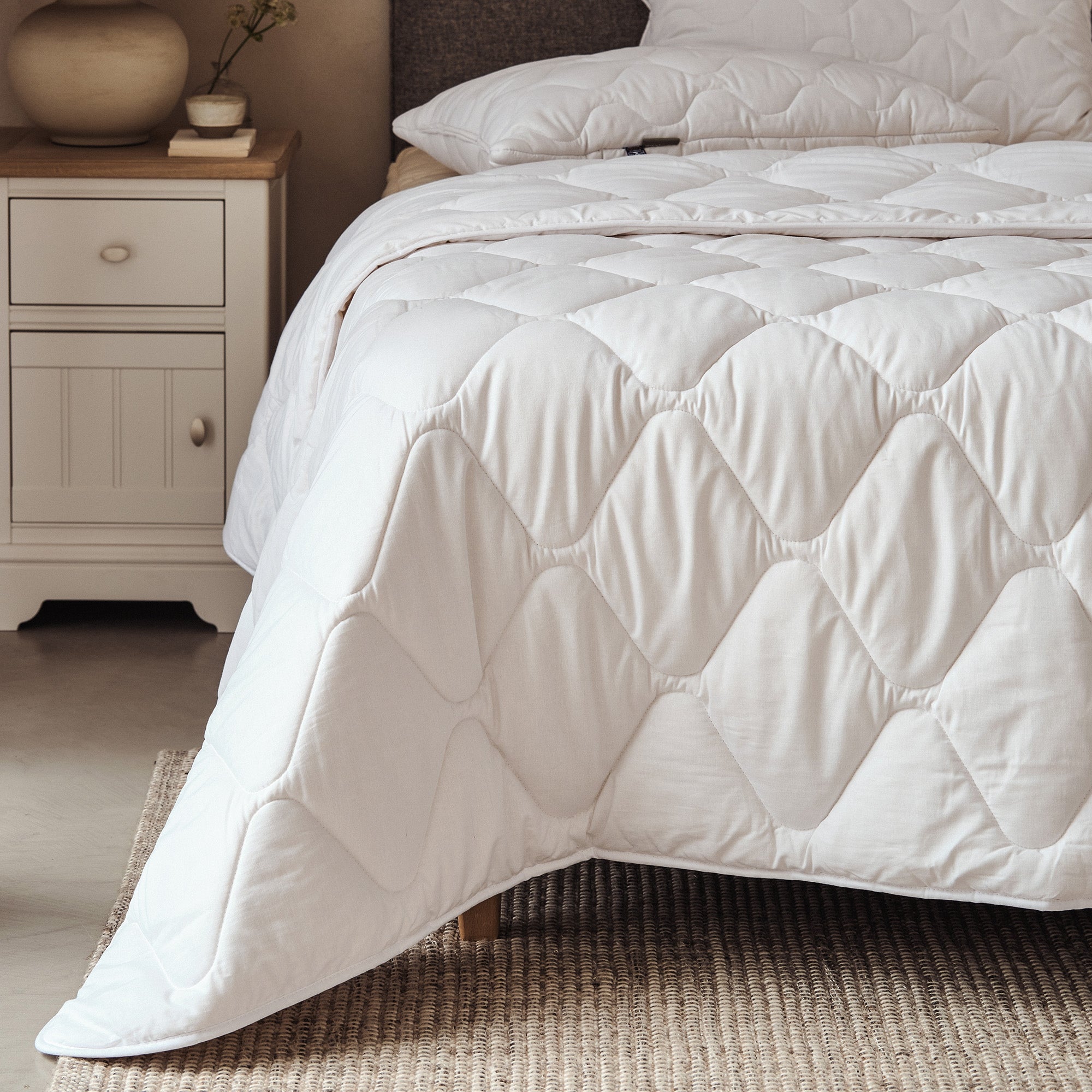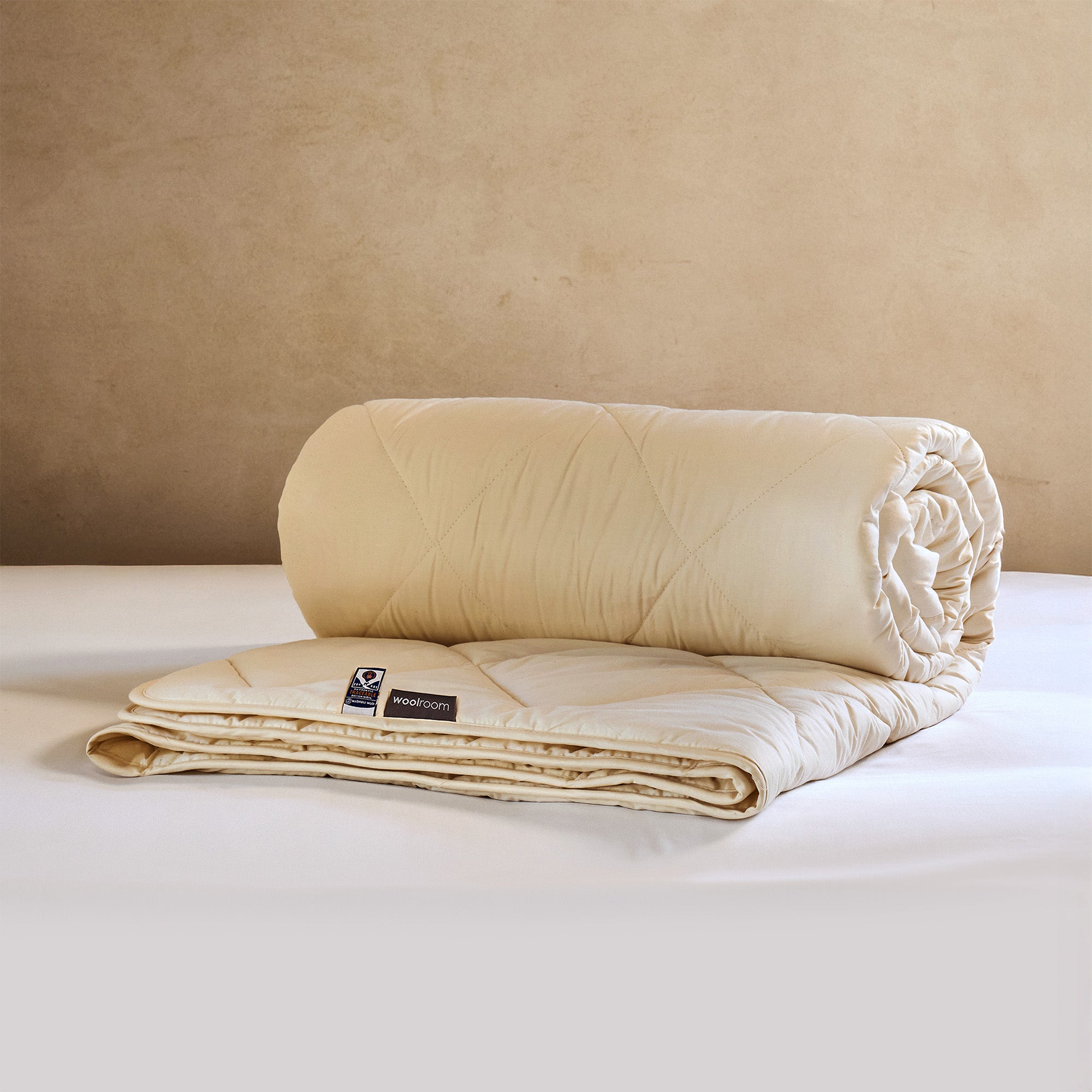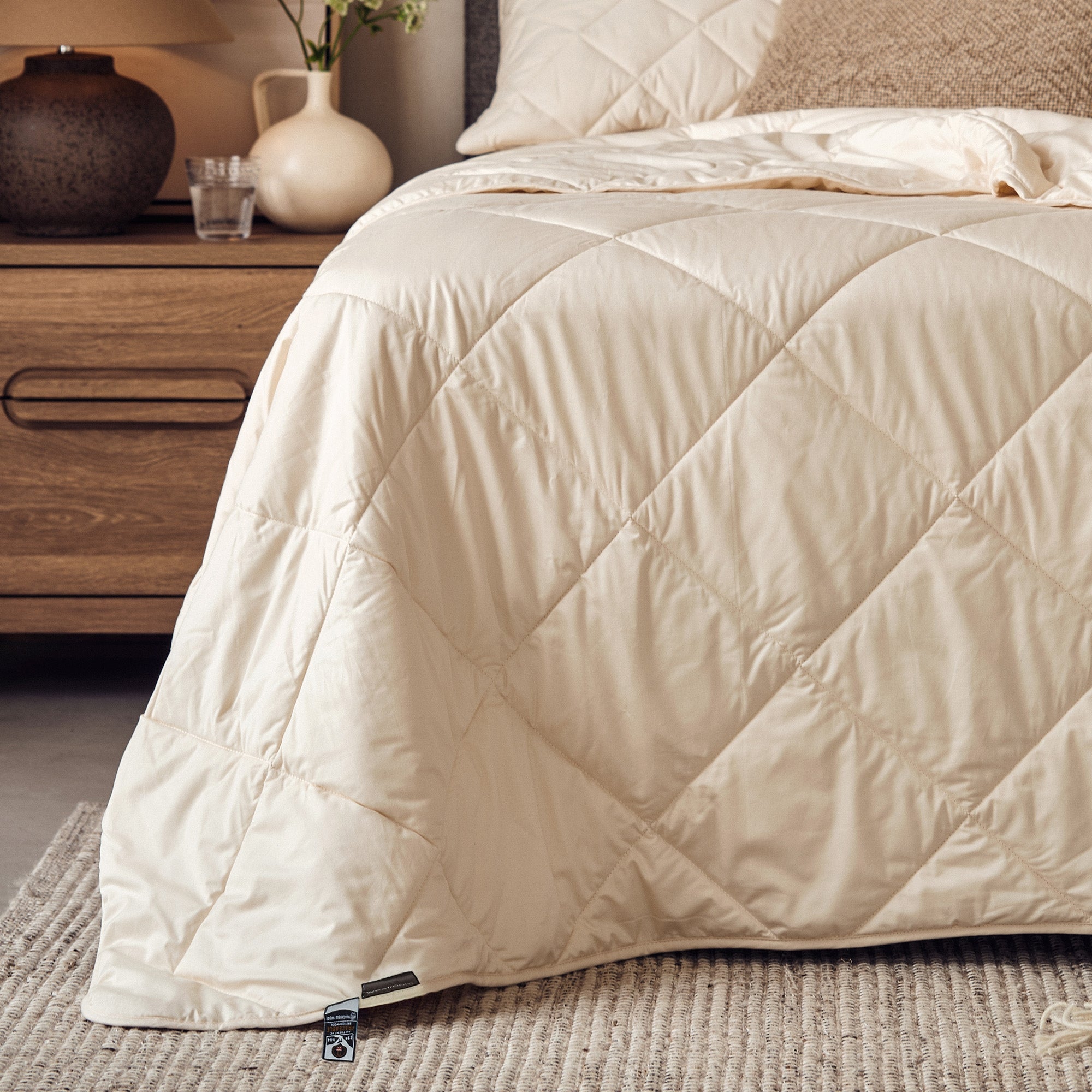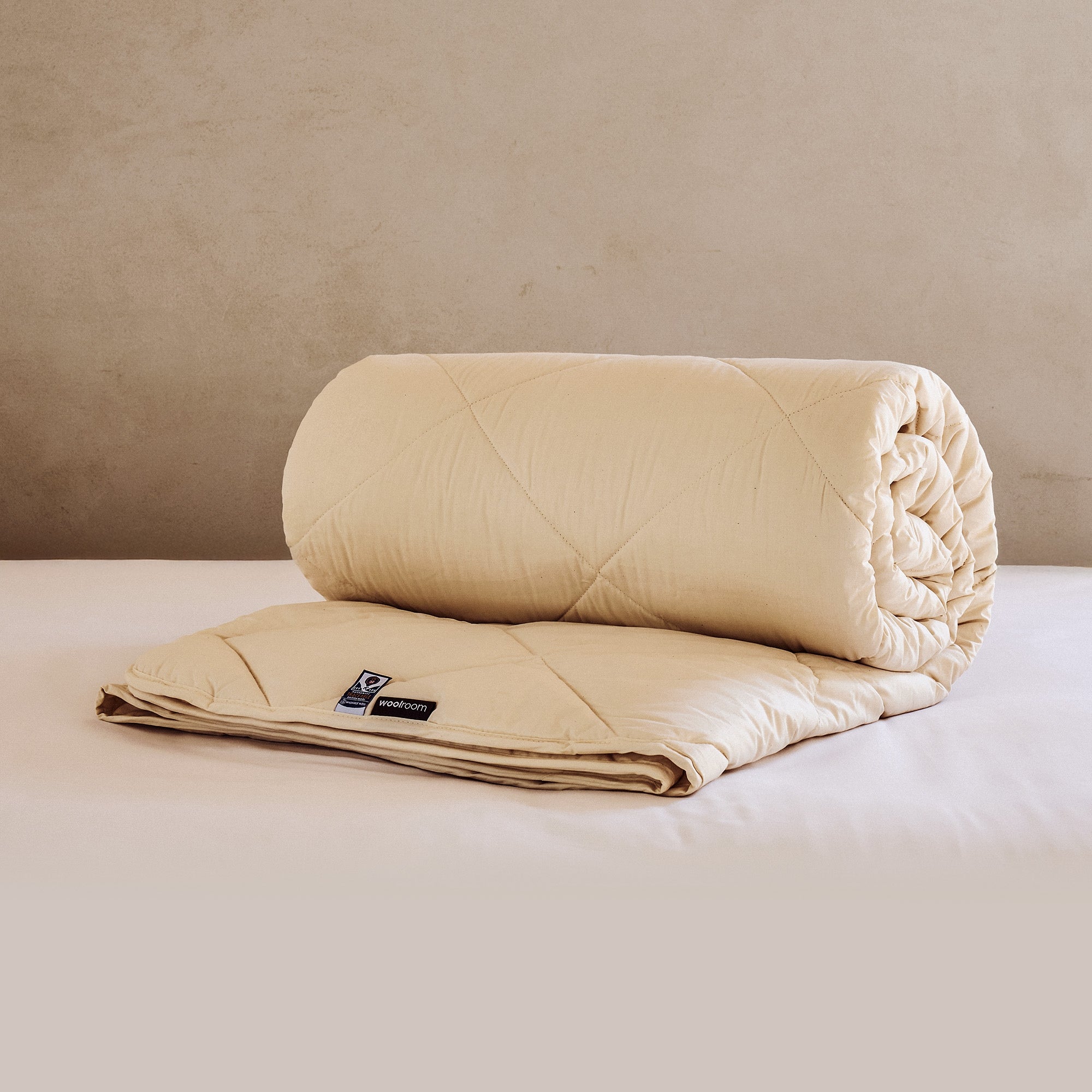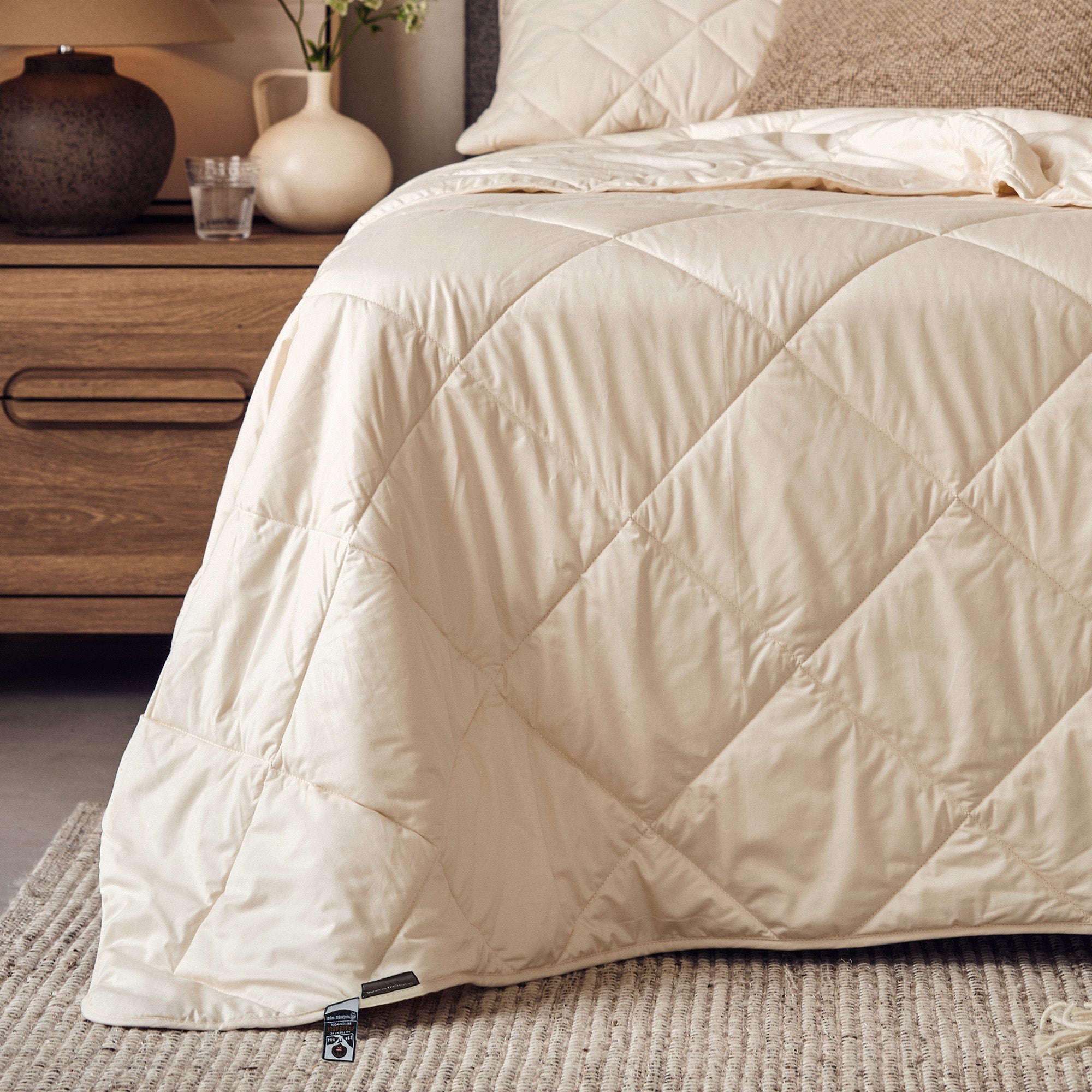Many have asked, “why is wool itchy?” as they find themselves scratching their arms while wearing an old wool sweater. It turns out that the culprit behind your itching likely has less to do with wool in general and more to do with the quality of wool you choose. Let’s dive deeper into what wool is and why some people are more prone to an itch.
What Is Wool Fabric?
Wool fabric is made from the natural fibers in the fleece found on animals. Most wool fabric comes from sheep, though it can also be made from other animals such as camels, goats, and alpacas.
Is Wool Itchy?
If you’ve experienced itching caused by wool and are wondering how to make wool less itchy, the answer is to choose a different kind of wool. You might save a few dollars buying cheap or synthetic wool products, but you’ll likely stop using them because of how uncomfortable they are. Merino wool isn't itchy and is one of the best types of wool to prevent scratching.
What Makes a Material Itchy?
What Types of Wool Are There?
As mentioned above, wool can come from several types of animals. Here are several common types of wool you may have heard of:
Merino Wool
Merino wool comes from the Merino sheep. Its fibers have a diameter of under 20 microns, making it one of the softest types of wool. Merino wool is temperature-regulating, which makes it great for year-round use. It’s also antibacterial and prevents odors.
Cashmere Wool
Cashmere wool is produced by the cashmere goat and is extremely fine, like Merino wool. It’s incredibly soft and lightweight but not as durable as sheep wool. Cashmere has a high price because one goat usually produces only 150 grams of the material a year.
Mohair Wool
Mohair wool also comes from goats, most commonly the Angora goat. Mohair fibers have a thicker diameter than sheep wool and have scales that aren’t fully developed. This makes Mohair wool feel different from standard wool.
Alpaca Wool
Alpaca wool is durable, soft, and silky, with fibers similar in size to Merino wool. However, these fibers are mostly hollow, so they trap more heat than sheep wool. Alpaca wool is also water-repellant, so it doesn’t absorb liquid. Some people find that alpaca wool is itchy, especially in people with sensitive skin.
Camel Wool
Camel wool comes from the undercoat of the Bactrian camel. This wool is rough and best suited for outerwear. It’s very warm and acts as an insulator to maintain body temperature. Camel wool is one of the most expensive types of wool you can buy.
Virgin Wool
There are two definitions for virgin wool. The first is wool taken from a lamb’s first shearing. Wool from the first shearing is the softest wool you can get during the sheep’s lifetime. The second definition of virgin wool is any wool that hasn’t been recycled, woven, or processed. Virgin wool is incredibly soft and breathable.
Llama Wool
The hollow core of llama wool makes it lightweight and gives it an excellent weight-to-warmth ratio. It’s soft yet durable and is very similar to alpaca wool.
Benefits of Wool
Wool is a unique luxury fabric that can improve your sleep by up to 25%. It provides a healthier, more peaceful sleep than other fabrics. Here’s what makes wool so great:
- Insulates temperature. Wool fabrics are natural insulators that keep you warm in the winter and cool in the summer.
- Low flammability. Wool doesn't burn, making it fireproof without the use of chemical treatments.
- Breathable. Synthetic fibers tend to trap heat in your bed. Wool buffers the cold or hot air outside your blanket, keeping your body at the ideal temperature.
- Eco-friendly. Wool is renewable and can be shorn from sheep annually. It’s also biodegradable and safe for the environment.
How to Make Wool Less Itchy
If you find that your old wool sweater or bedding makes you scratch, try these tips to soften the wool.
- Make a mix with two tablespoons of white vinegar and a bucket of cold water.
- Turn your wool clothing inside out and completely submerge it in the mixture.
- Soak your wool fabric for 15 minutes, then rinse it in cold water.
All of our products at Woolroom are made with high-quality wool to meet your needs. For example, our Deluxe Washable Wool Comforter is made with 100% washable British wool that can be easily washed to soften it anytime. On the other hand, our Chianti Wide Throw is made with 100% Merino wool. Merino wool isn’t itchy, so you won’t have to worry about an extra soak to keep from scratching.

